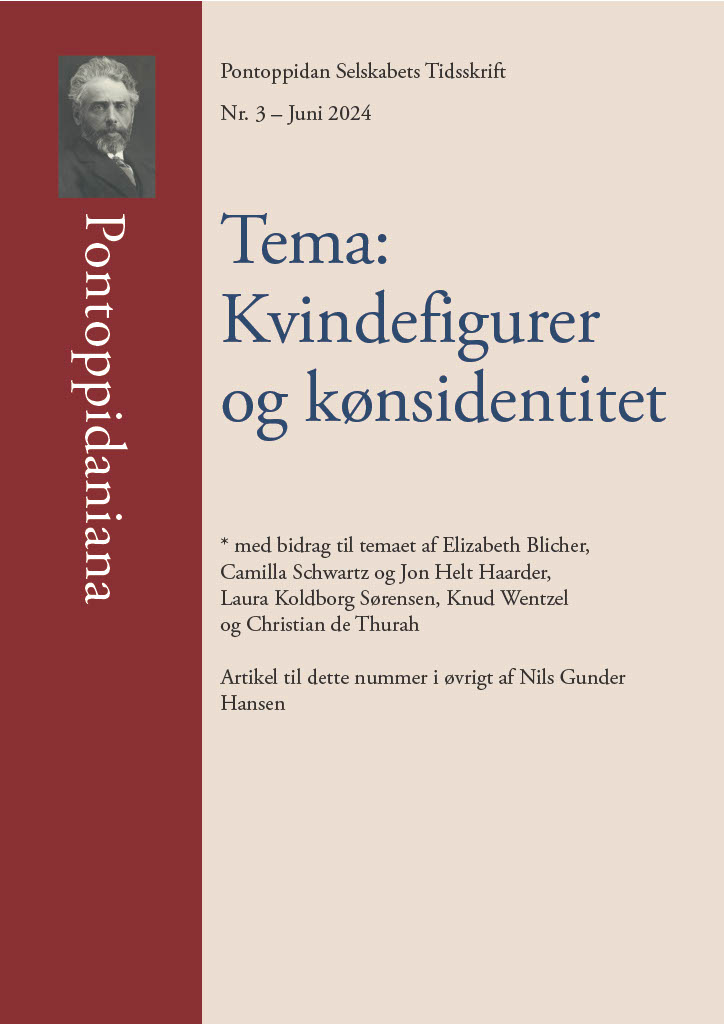Ingrid
Om kvindelighedens figuration i Henrik Pontoppidans: "Et Kærlighedseventyr"
DOI:
https://doi.org/10.7146/pontoppidaniana.vi3.146874Resumé
Abstract
This article examines the female figure in Pontoppidan’s “A Love Adventure” (da. “Et Kærlighedseventyr”) (1918 and 1930). The female protagonist, the wife of a priest, Ingrid, leaves her husband and children in favor of a life with the philosopher Gabriel Vadum. Where the first edition (1918) finds a solution, the late edition is more socially realistic in its view of women’s conditions. The consequence is here, that her legal husband refuses to let her see her children, which destroys her. Pontoppidan shows in this novel how a destructive male domination can prevent female emancipation – in this case through the freedom of love. In addition, the article shows how a figure such as the saving female-figure is carried forward from romanticism and further into the Modern Breakthrough.





